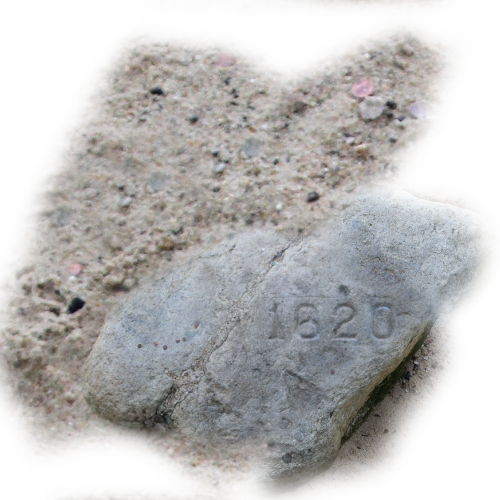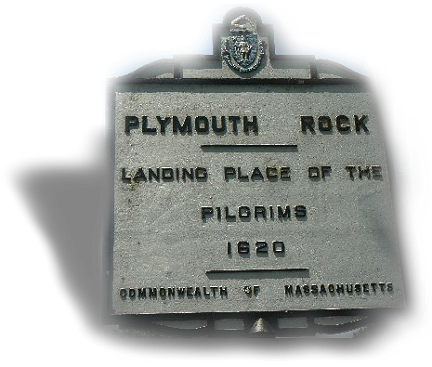
Welcome to Plymouth Rock

It wasn’t until 1741—121 years after the arrival of the Mayflower—that a 10-ton boulder in Plymouth Harbor was identified as the precise spot where Pilgrim feet first trod. The claim was made by 94-year-old Thomas Faunce, a church elder who said his father, who arrived in Plymouth in 1623, and several of the original Mayflower passengers assured him the stone was the specific landing spot.
Much of the research I did surprised me, I never knew it had been moved so many times or even at all.
What is certain, however, is that diminutive Plymouth Rock quickly grew into a prodigious American icon, and the boulder and the country it symbolizes have led eerily parallel lives over the past 250 years. Much like the United States itself, Plymouth Rock came of age in a burst of patriotic fervor. It was split in two and cemented back together. And while it has been battered by time, it continues to endure.

As a revolutionary fever swept through Plymouth in 1774, some of the town’s most zealous patriots sought to enlist Plymouth Rock in the cause. With 20 teams of oxen at the ready, the colonists attempted to move the boulder from the harbor to a liberty pole in front of the town’s meetinghouse. As they tried to load the rock onto a carriage, however, it accidentally broke in two. (Some townsfolk interpreted the rupture as a providential sign that America should sever itself from Great Britain.) The bottom portion of Plymouth Rock was left embedded on the shoreline, while the top half was moved to the town square.
On July 4, 1834, Plymouth Rock was on the move again, this time a few blocks north to the front lawn of the Pilgrim Hall Museum. And once again, the boulder had a rough ride. While passing the courthouse, the rock fell from a cart and broke in two on the ground. The small iron fence encircling Plymouth Rock did little to discourage the stream of souvenir seekers from wielding their hammers and chisels to get a piece of the rock.
Back at the harbor, a Victorian-style canopy was constructed in the 1860s to cover the lower portion of Plymouth Rock still embedded in the shoreline. In order to fit inside the new monument, however, the stone was given a trim. Years later, it was discovered that a 400-pound slab that was carved off was being used as a doorstep on a local historic house, and the Plymouth Antiquarian Society donated a piece of it in the 1980s to the hometown Pilgrim Hall Museum, where visitors are actually encouraged to touch this piece of Americana.

Finally, in 1880, at the same time that an America torn asunder by the Civil War was stitching itself back together, the top of Plymouth Rock was returned to the harbor and reunited with its base. The date “1620” was carved on the stone’s surface, replacing painted numerals.
In conjunction with the 300th anniversary of the Pilgrims’ arrival, Plymouth’s Rock current home, which resembles a Roman temple, was constructed. The boulder now rests on a sandy bed 5 feet below street level, encased in an enclosure like a zoo animal. Given all the whittling and the accidents, Plymouth Rock is estimated to be only a third or half of its original size, and only a third of the stone is visible, with the rest buried under the sand. A prominent cement scar is a reminder of the boulder’s tumultuous journeys around town.
While the original Pilgrims may never have come to Plymouth Rock, it certainly draws pilgrims of a different sort today. Upwards of a million people visit it each year. Sure, the stone’s physical stature and sketchy historical provenance can be a letdown, but thanks should also be given that a colossal symbol of America has managed to endure.
No matter what the history it's one we can take pride in and maybe share as you celebrate Thanksgiving and give thanks to those who came before us.

Strolling Down Memory Lane Main Page